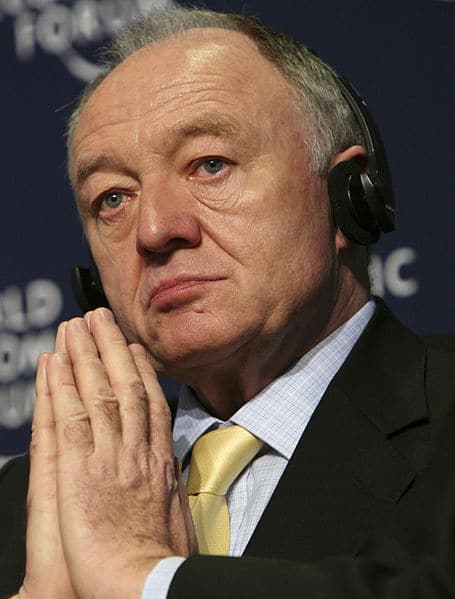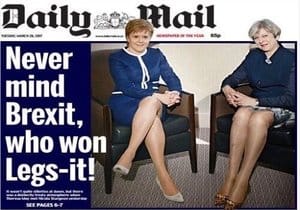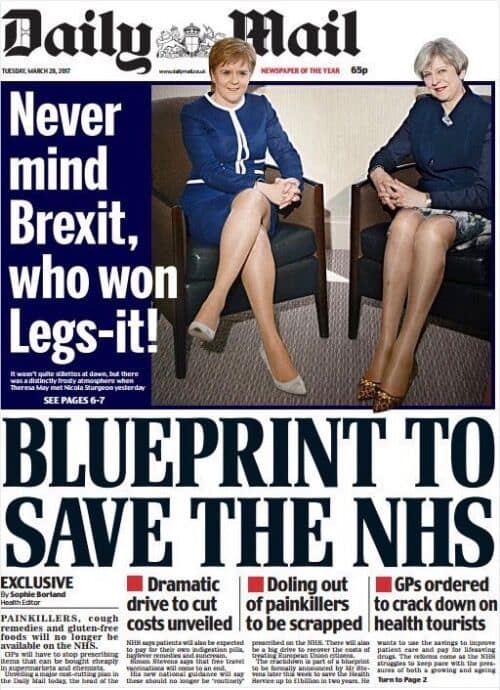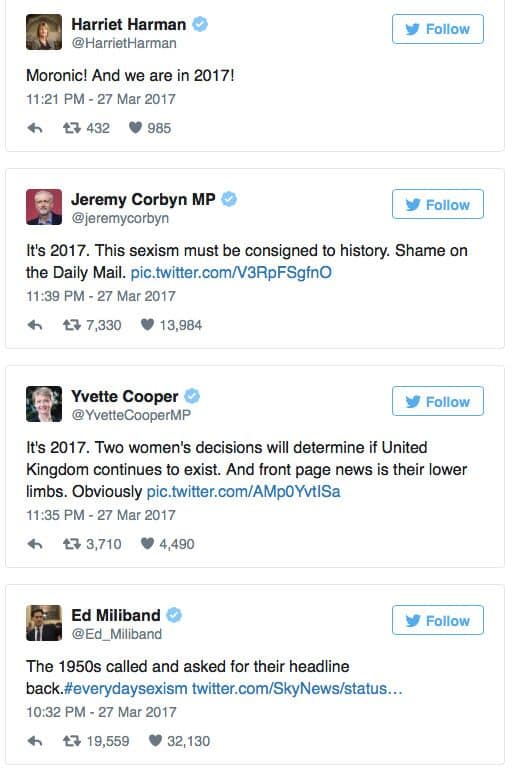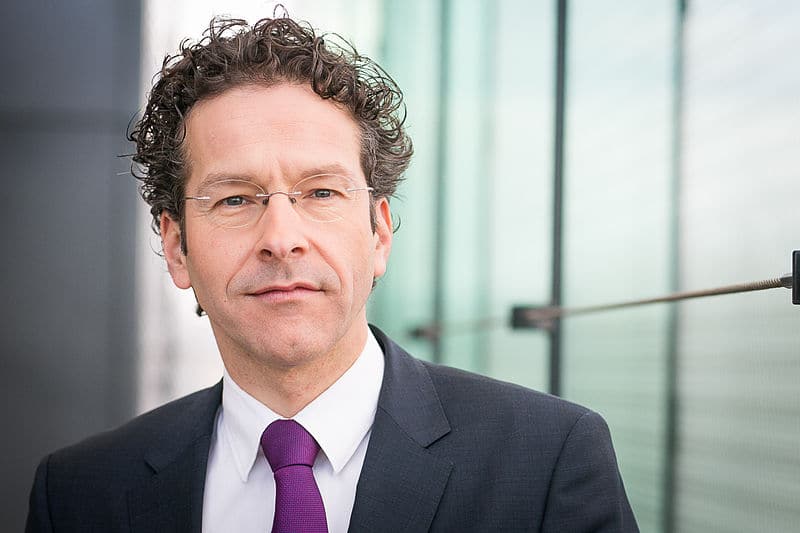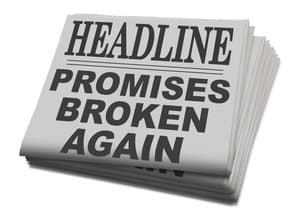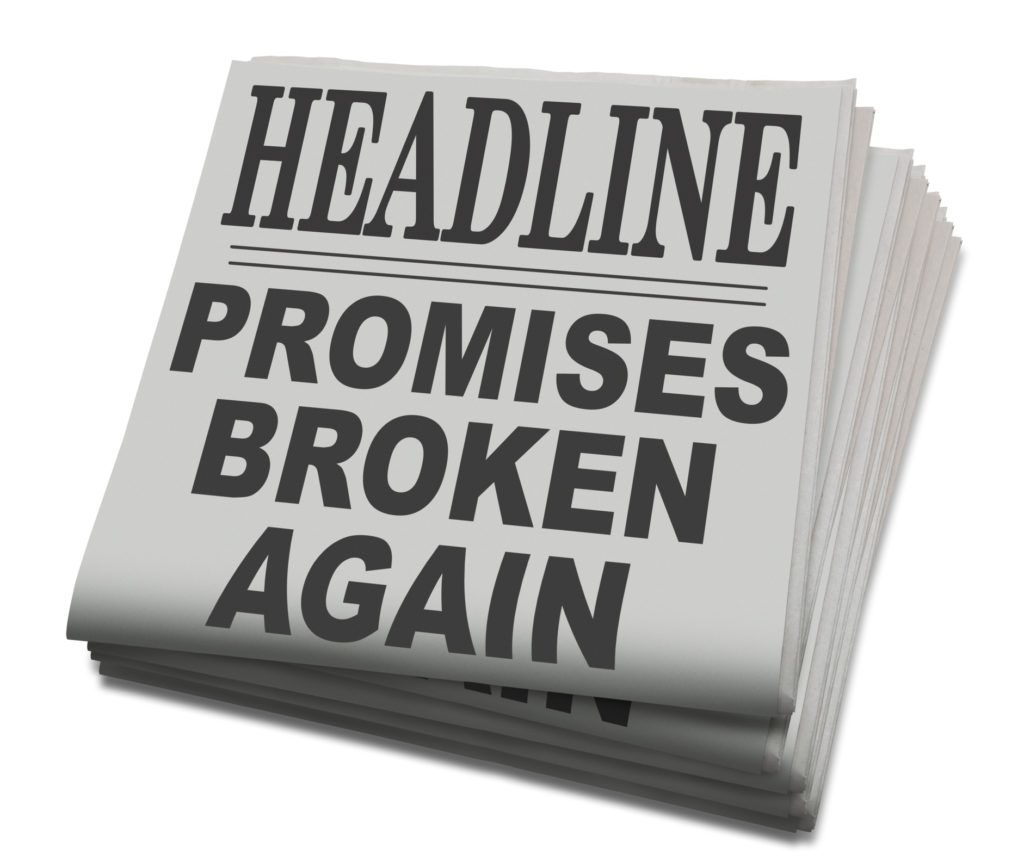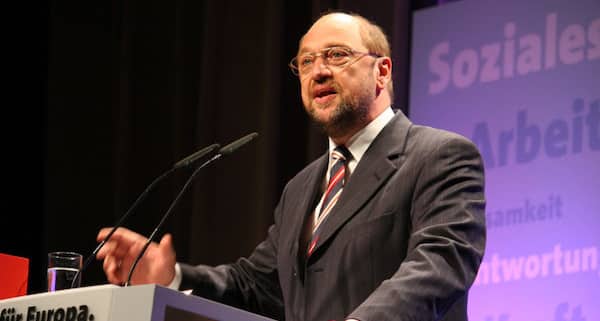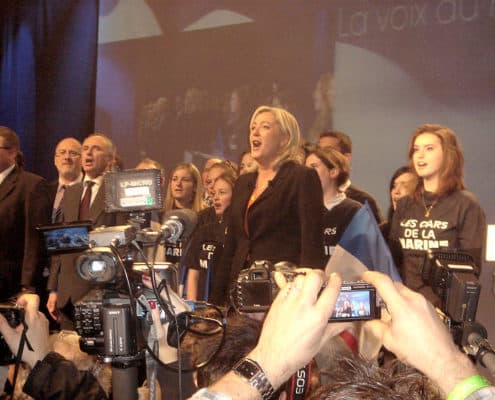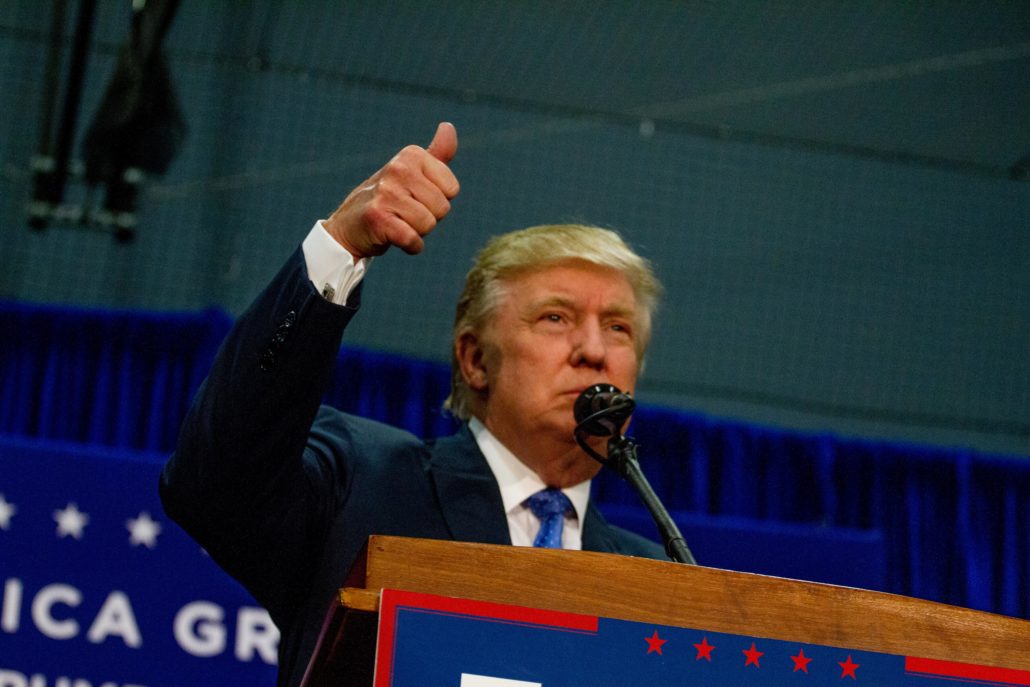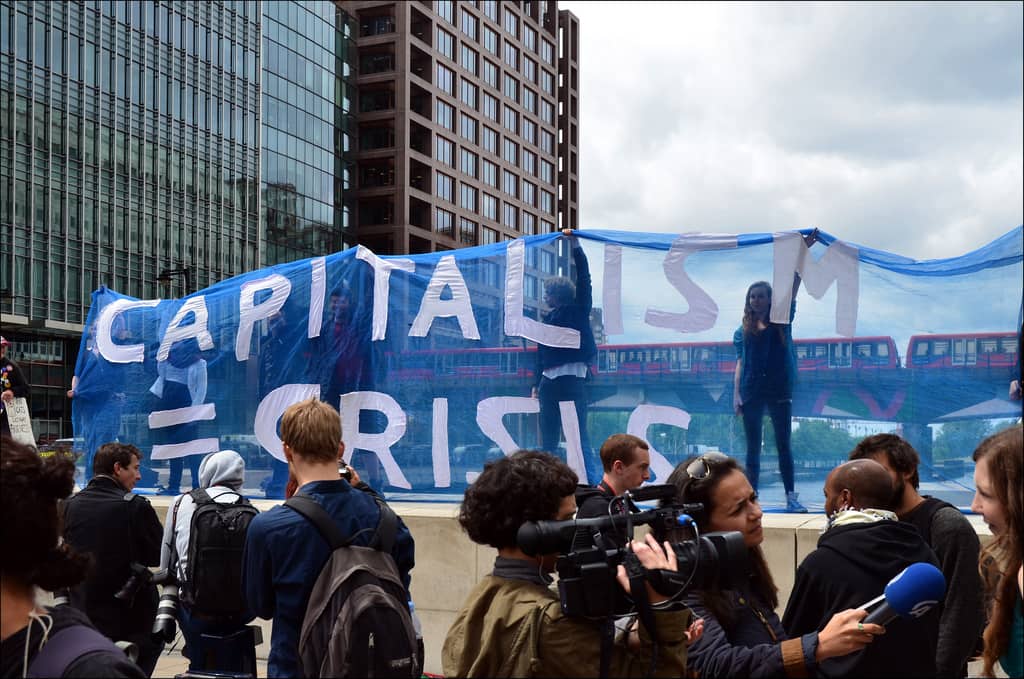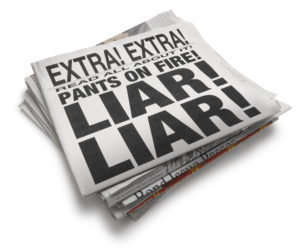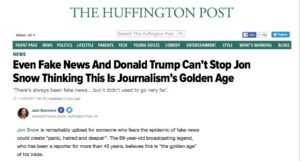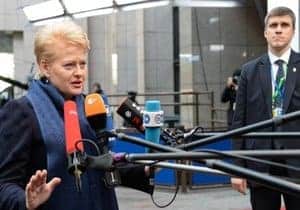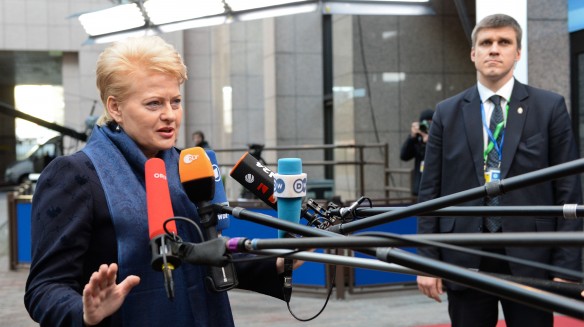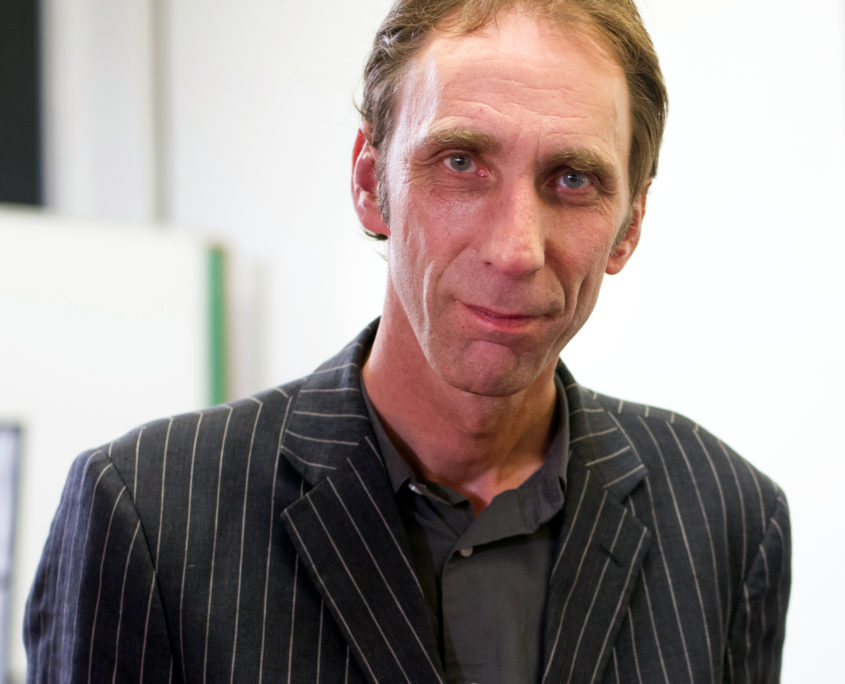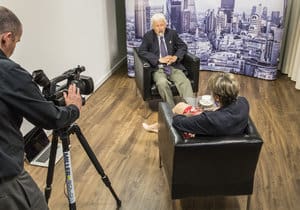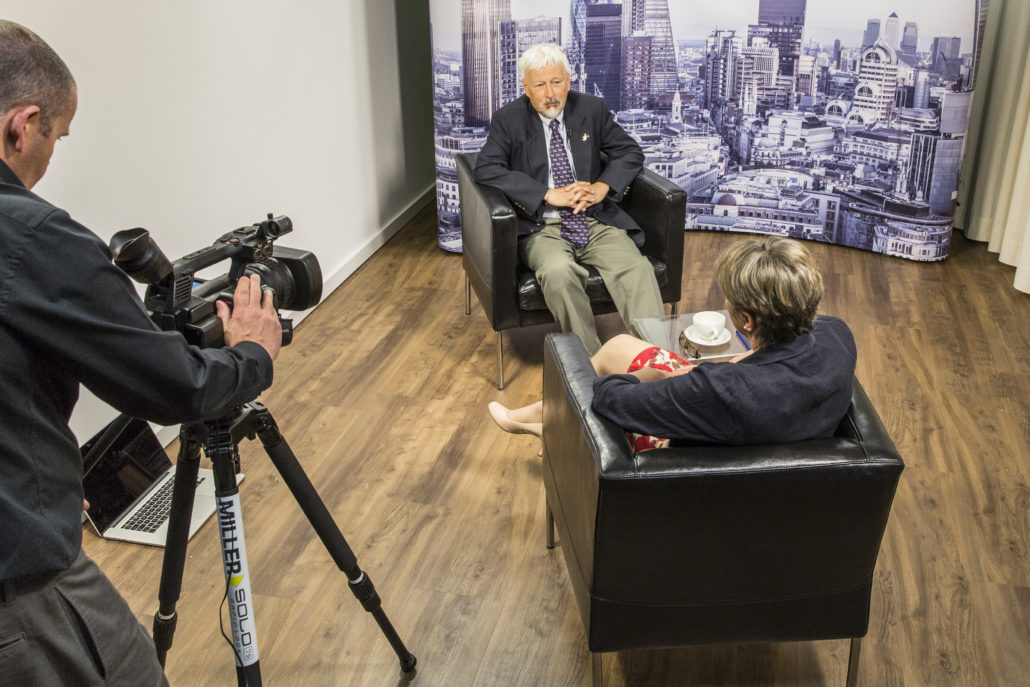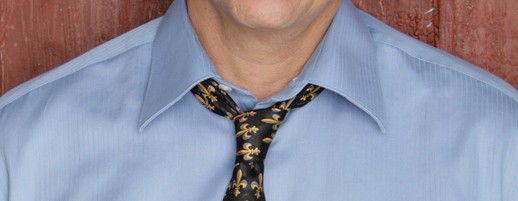When Offence Goes Viral: What can PR do?
Whether or if offence goes viral is one of the really unpredictable bits of PR. We saw a couple of high profile examples of ‘offence taken’ in the last week.
When Offence Goes Viral: This Week’s Tally
The National Trust managed to ‘offend’ the nation (or some of it) by dropping the word Easter from its annual Egg Hunt. Previously called the Great Easter Egg Trail, it is this year the Great British Egg Hunt.
The next example of offence comes from across the Atlantic, where Pepsi put out an advertisement that took images (or imagery) from a Black Lives Matter movement demonstration and used them as part of an advert suggesting that all people needed to live together in harmony, was a can of fizzy drink. They quickly apologised and withdrew the advert.
A few days earlier Ken Livingston got himself into hot water again, this time by saying that, in 1933, Hitler’s government supported Zionism. This caused him to be suspended from the party a few days later. In this case the offence was completely predictable. Livingston, who has a lifetime’s experience of the British media knew exactly what he was doing and did it anyway.
There are a few things to say about these incidents.
Offence is not always predictable, there is an element of luck
First there is an element of luck or bad luck about something said or done in public going viral. Once it has happened, lots of people will claim it was obvious, inevitable and predictable that there would be an outcry. But in my view, lots of things are said and done that should cause outcry and don’t. The pick-up is pretty random.
Sometimes ‘outrage’ is manufactured by someone with something to gain. In the case of the missing word ‘Easter’, I am suspicious. If the Archbishop of York, Dr. John Sentamu, a charismatic and much-loved Church leader, hadn’t chosen to be offended, I rather think no one else would have noticed. I have no idea whether this was cynically manufactured outrage to get publicity for the Church at an important time of the year (and remind us of the religious story behind the Easter Public Holiday) or whether the Archbishop was genuinely outraged and felt something had to be said.
[Some have been surprised the Prime Minister Theresa May was prepared to step firmly into the fray and voice her opinion as ‘a vicar’s daughter’ but I am not. This would have been judged by someone as a safe and fluffy thing to be outraged about, rather similar to John Major talking about not enough places to have a pee on the motorway. It gets good publicity with very low risk.]
Pepsi advert objections could be cynical
The Pepsi case is more likely to be cynical. If you watch the advert, which is halfway down the New York Times report linked to here, you would have to be a pretty close observer to even spot the Black Lives Matter connection. However, even as a supporter of the campaign, I can observe that it was certainly worth rallying the troops against the Pepsi advert. The move generated lots of publicity for the cause and by calling for a boycott, increased the sense of community and ability to contribute to the campaign. It gave a focus for that eagerly sought after ‘call to action’.
Ken Livingston is Ken Livingston, some will say he hates being out of the limelight and, every now and then, he needs to either be outraged himself or outrage others to prove he is still alive. I am less cynical about Livingston. He believes what he believes and is fearless about saying it. He learned a long time ago that there was little point to softening his radical views for public consumption. I suspect he is immune to others’ disapproval.
When Offence goes Viral: What are the Options
Let’s turn to the PR takeaways. What do you do if you, your spokesperson, or organisation causes outrage by mistake? Well in my view the options are pretty simple.
The big decision to make is do you want to fight or explain – or do you want to take the path that gives you as little publicity as possible.
Here are my options in the first category:
- Tough it out and explain at length until it is no longer newsworthy. The downside of this is you will generate lots of copy and search engine results in the process.
- Apologise at length and explain on the airwaves and in the newspapers. Again the downside of this is that it generates lots of coverage that will forever link the original offense with the person or organisation. This was the Ken Livingston approach.
- Claim loudly and often that the offensive remark was taken out of context and it was all the media’s fault. (My least favourite option.)
- Claim someone else is making mileage out of an incident that does not really cause anyone else offence. Again, the danger in this is that you create a ‘them and us’ version of the narrative which the media will run with. You may end up with a lot more coverage than you started with.
And if you want the minimum of publicity:
- Tough it out and explain as little as possible – a simple statement perhaps – and hope it goes away. This seems to be the choice the National Trust took
- Apologise with a statement. Again hope it goes away.
- Claim you or the spokesperson misspoke (and apologise).
- Make amends by withdrawing the comment, the advert or making a donation to charity etc. This was the tack Pepsi plumped for.
Of course, if your PR minders spotted a potential land mine and stopped you stepping on it in the first place, then please – give them a pay rise.



